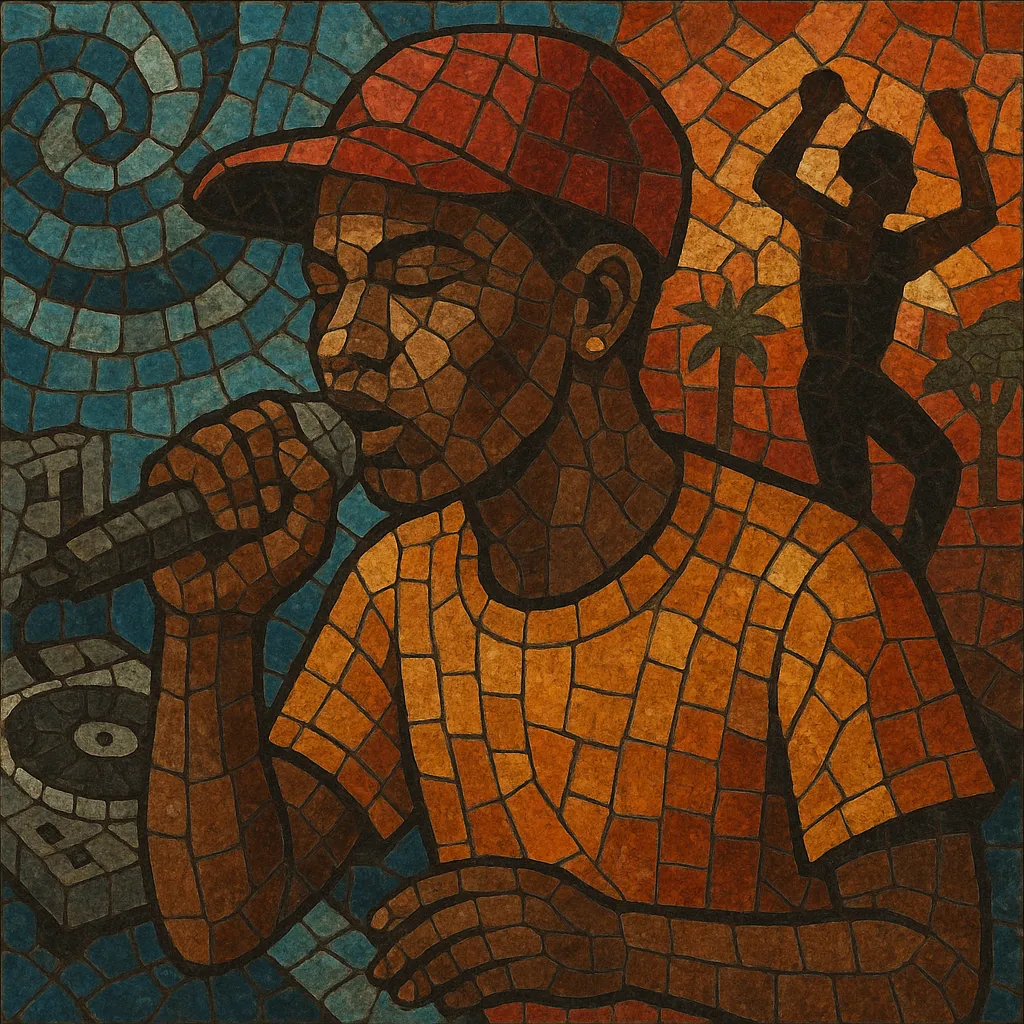Kwaito is a South African dance music style that emerged in early- to mid-1990s Johannesburg, defined by slowed-down house grooves, heavy sub-bass, chant-like vocals, and township slang. It blends the four-on-the-floor pulse of house with the call-and-response energy of street culture, drawing on local styles like township jive and mbaqanga as well as global currents such as hip hop and dancehall.
The lyrics often celebrate everyday township life, fashion, parties, and post-apartheid freedom, while some artists fold in social commentary. Sonically, kwaito is minimalist and hypnotic: simple chord vamps, catchy synth stabs, whistles, handclaps, and congas carry mid-tempo beats around 95–110 BPM. Its relaxed swagger and communal chants made it both club-friendly and radio-ready, turning it into a defining sound of 1990s and 2000s urban South Africa.
Kwaito took shape in Johannesburg’s townships as apartheid fell and a new youth culture surged. Local DJs and producers slowed down imported house records, thickening the bass and emphasizing percussion. This fused naturally with homegrown styles like township jive and mbaqanga, and it absorbed the vocal delivery and attitude of hip hop, ragga, and dancehall. The result was a distinctly South African party music with township slang at its core.
Independent labels and collectives—along with influential figures such as Arthur Mafokate, Mdu Masilela, Trompies, and the Kalawa Jazmee circle (including Oskido)—helped formalize the sound. Groups like TKZee and Boom Shaka scored national hits, while fashion, dance crews, and music videos amplified a new urban identity. The music’s mid-tempo swing, catchy chants, and relatable lyrics made it a soundtrack for a generation experiencing newfound freedoms.
Artists such as Mandoza and Zola carried kwaito to stadium-sized audiences, blending aspirational anthems with social narratives. The genre became synonymous with youth culture, shaping slang, dance, and street style. Its minimalist grooves and chant-driven hooks also made it a DJ staple, with long intros and breakdowns designed for the club.
As South African dance music diversified, kwaito’s DNA fed into newer styles like gqom and Pretoria’s bacardi sound, and it informed strands of afro house and local deep house. While other genres grabbed headlines, classic kwaito remains a touchstone—sampled, referenced, and revived—its laid-back swagger and township storytelling still echoing across contemporary South African pop and dance.


